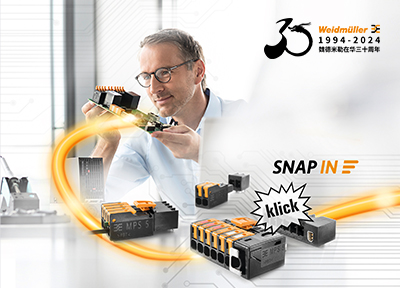Practitioners of Control engineering generally like things spelled out when they can get itwww.cechina.cn, and those revising the ISA batch control standard believe their three-year revision clarifies quite a bit. And, they say, the standard continues to become more usable for applications outside of batch control.
ISA88.01 Batch Control Part 1: Models and Terminology, originally passed in 1995, started revision mid-2006, went out for vote last month, and may be final by early 2010. Clarifications addressed drafting errors in the original standard and less-than-specific wording that left too much to interpretation. Discussions revisited the standard’s original intent, and what it’s come to mean控制工程网版权所有, as new technologies developed and were applied, bringing life to ISA88 concepts.
No academic exercise, the debate reflected a microcosm of real-world circumstances and incorporated input from industries outside batch control. Users, system integratorswww.cechina.cn, and vendors augment efficiency by integrating batch control with continuous control and discrete control. Real lifecycle savings result, as high as 50% by some estimates. When systems are based on standards and integrate in a standard way, they can be more easily modified, upgraded, and replaced. Using a standard such as ISA88 avoids creation of a block of impenetrable automationCONTROL ENGINEERING China版权所有, nearly impossible to maintain or adapt. Manufacturing needs flexibility, scalability, and adaptabilitywww.cechina.cn, and the enhanced ISA88 concepts can help provide that.
ISA88 creates models and common terms, in four parts approved by ANSI/ISA and IEC, to understand the real world of controls, equipment, processes, and information management. Standard designs can be changed more quickly and easily. Since engineering can be creative as everyone seeks a better way, the trick is to be flex
 用户中心
用户中心
-
 子站
子站 -
 技术
技术 -
 社区
社区
Batch control: What do you mean?
www.cechina.cn2009.11.11阅读 4322
标签:Control,
版权声明:版权归控制工程网所有,转载请注明出处!
图说工控
更多+
燃情自动化——2017北京国际工业智能及自动化…
2017年05月18日
探秘“数字化工厂”
2016年07月18日
迈向工业4.0——西门子引领数字化企业进程
2016年07月18日
"智·变 赢未来",PHIIDF 2016燃情北京!
2016年06月01日ABB自动化世界2016闪耀武汉 展示“物联网+”领先…
2016年05月24日

 在线会议
在线会议 论坛
论坛 专题
专题 工控直播
工控直播 新闻中心
新闻中心 子站
子站 技术
技术 社区
社区



 IDEC HR8S系列新一代安全继电器有奖试用活动
IDEC HR8S系列新一代安全继电器有奖试用活动 2025(第二十一届)年度最佳产品奖有奖投票中
2025(第二十一届)年度最佳产品奖有奖投票中 AVEVA剑维软件食品饮料行业白皮书有奖下载
AVEVA剑维软件食品饮料行业白皮书有奖下载 立即有奖下载TE重载连接器选型指南
立即有奖下载TE重载连接器选型指南 2025(第十四届)全球自动化和制造主题峰会
2025(第十四届)全球自动化和制造主题峰会
























